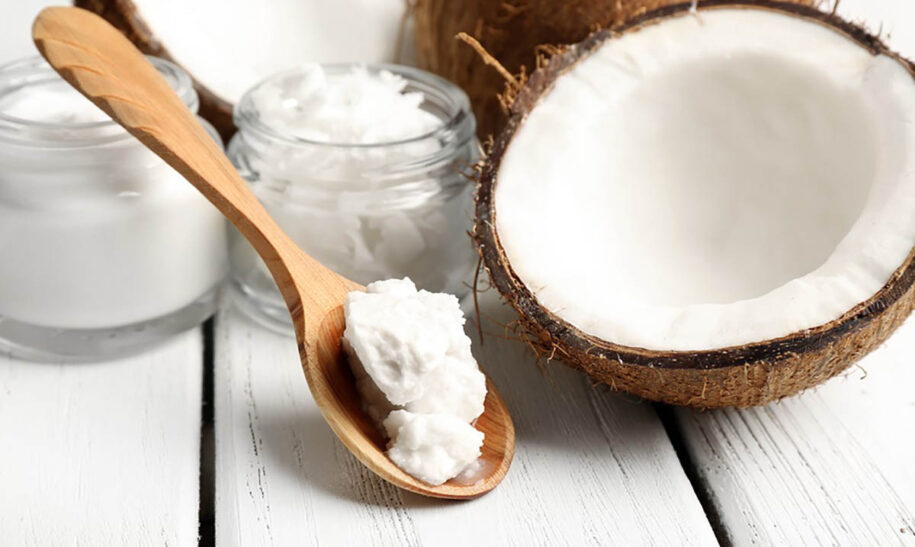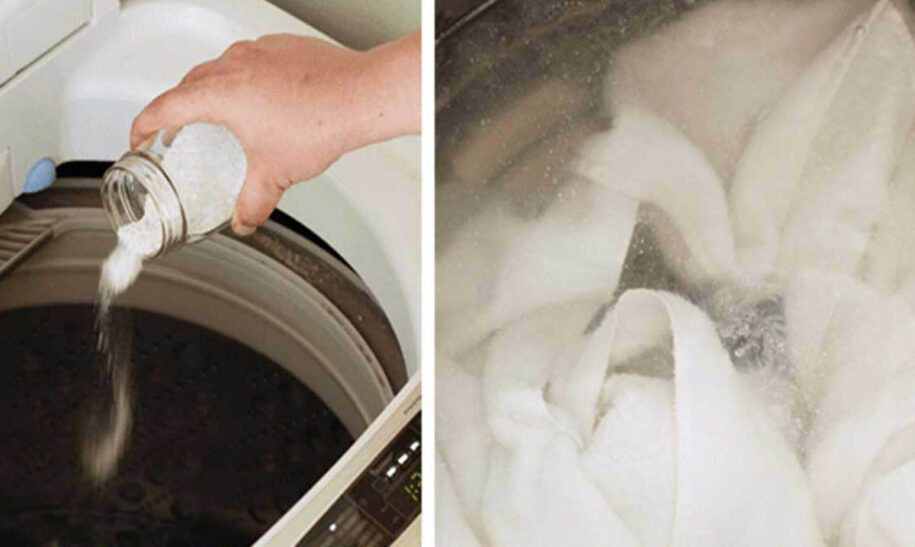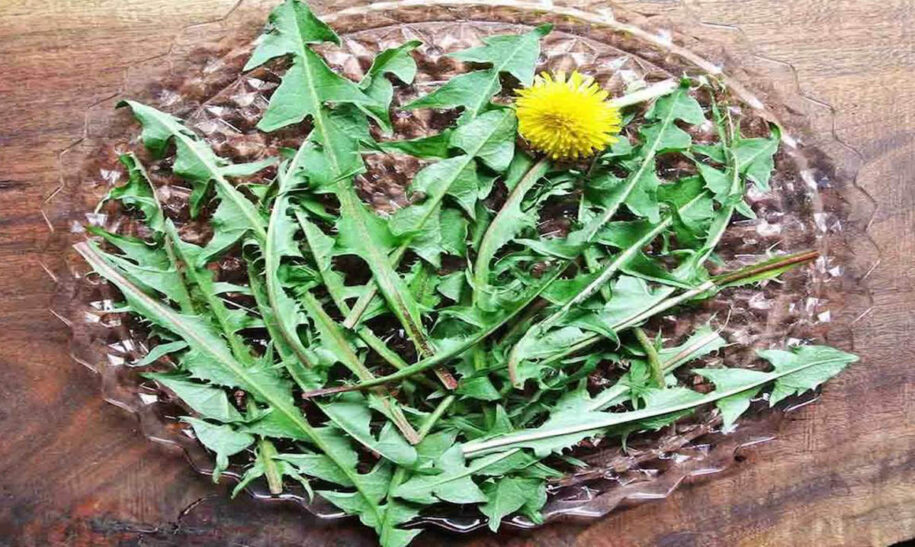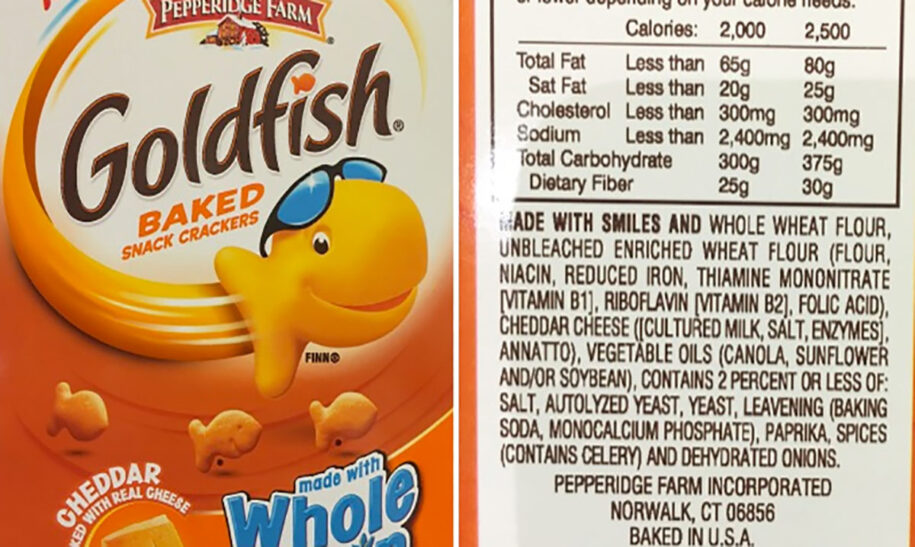
3 Reasons You Should NEVER Eat Another Goldfish Cracker
Cheese goldfish crackers are an extremely popular choice when it comes to buying snacks for your kids. However, you might want to rethink your supermarket decision in getting these for your kids and sending them off to school with them.
Goldfish crackers are extremely popular among kids these days. Kids love them and parents love the cheap price. They are even labeled as a healthy food for your kids when they are quite the opposite. Cheese goldfish crackers are actually full of toxic ingredients and they are especially terrible for your kids! Kids are always in a high growth state that makes them extremely susceptible to the chronic diseases the toxic GMO and preservatives have been linked to.
Goldfish cheese crackers are full of toxic ingredients, especially for children. If your kids go to a public school or preschool it is basically unavoidable to keep them from ingesting snacks like these. It can be extremely frustrating for a health conscious parent because they are basically everywhere and even recommended ‘healthy’ snacks. They are full of ingredients that have been linked to major health complications like vegetable oils and unbleached enriched wheat flour.
 Ingredients in Goldfish Cheese Crackers
Ingredients in Goldfish Cheese Crackers
- Unbleached Enriched Wheat Flour [Flour, Niacin, Reduced Iron, Thiamin
- Mononitrate (Vitamin B1), Riboflavin (Vitamin B2), Folic Acid],
- Vegetable Oils (Canola, Sunflower and/or Soybean),
- Nonfat Milk
- Salt,
- Contains 2 Percent or Less of:
- Yeast,
- Leavening (Ammonium Bicarbonate, Baking Soda, Monocalcium Phosphate),
- Sugar,
- Spices and
- Onion Powder
- And the RAINBOW version of GoldFish contains artificial dyes:
- Blue 2,
- Red 40,
- Red 3, and
- Blue 1
They are produced using genetically modified organisms like Canola and Soybean Oil. GMO foods like soy have been tied to an increase in allergies, asthma, and a propensity to get antibiotic resistance. A recent study in the UK Telegraph reported that GMO soy is so toxic that direct contact often results in severe illness and sometimes death.
According to the Center for Science of the Public Interest, all of these dyes contain potentially cancer-causing chemicals and most of them can cause severe allergic reactions in children. One study published by Southampton University, food dye negatively affects all children, whether they have food color sensitivity or not. Conventional dairy and milk products are also bad for your health because of added sweeteners. One cup of 2-percent milk contains 12.3 grams of sugar.



 Yarrow is an extremely popular natural plant among Native American cultures. It has a powerful fragrance, and it has been used in A
Yarrow is an extremely popular natural plant among Native American cultures. It has a powerful fragrance, and it has been used in A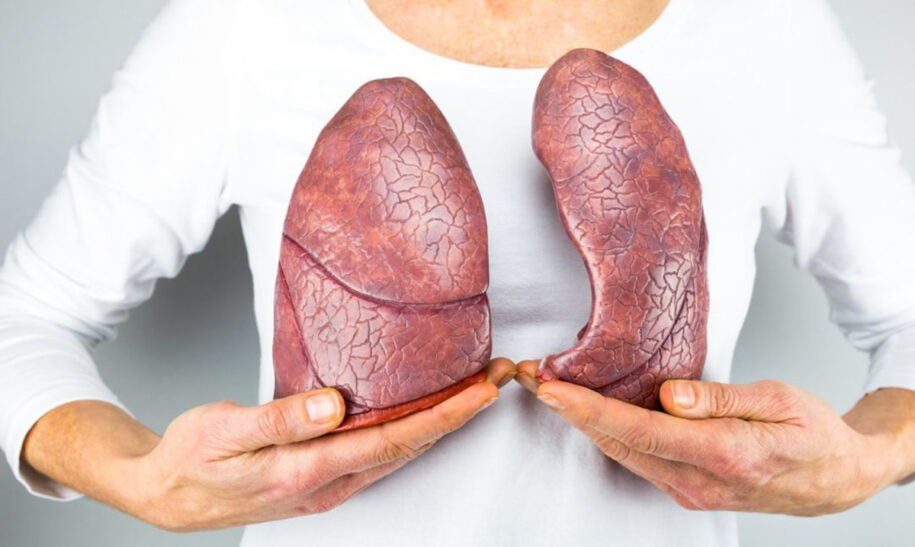
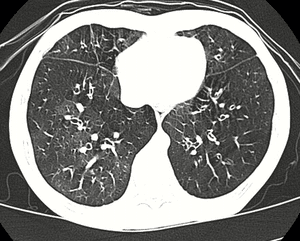 most dangerous flavors out there are cotton candy, fruit squirts, Cupcake, Alien Blood, and Unicorn Puke. They found that these flavors can cause a horrible condition called popcorn lung. Scientifically known as
most dangerous flavors out there are cotton candy, fruit squirts, Cupcake, Alien Blood, and Unicorn Puke. They found that these flavors can cause a horrible condition called popcorn lung. Scientifically known as